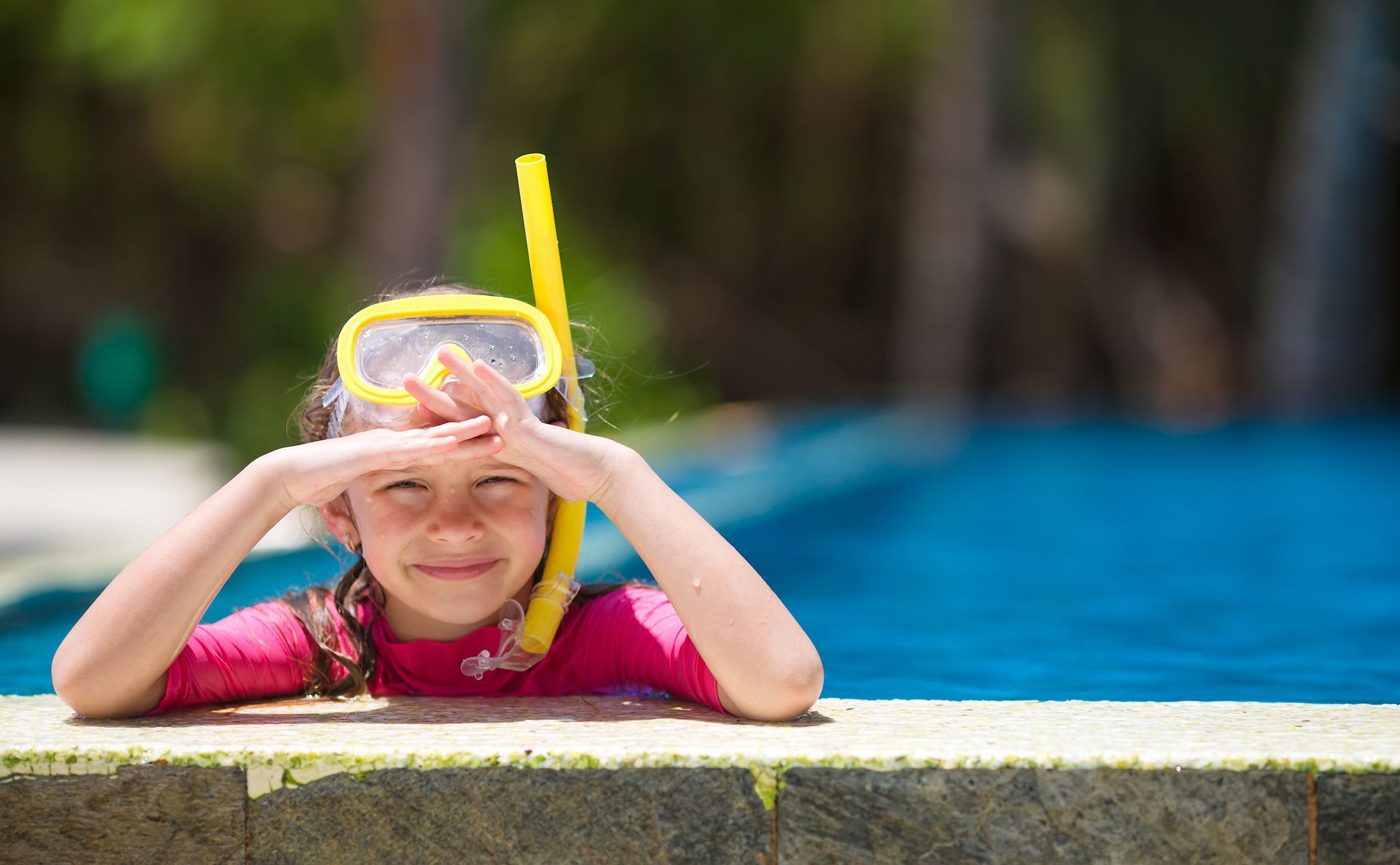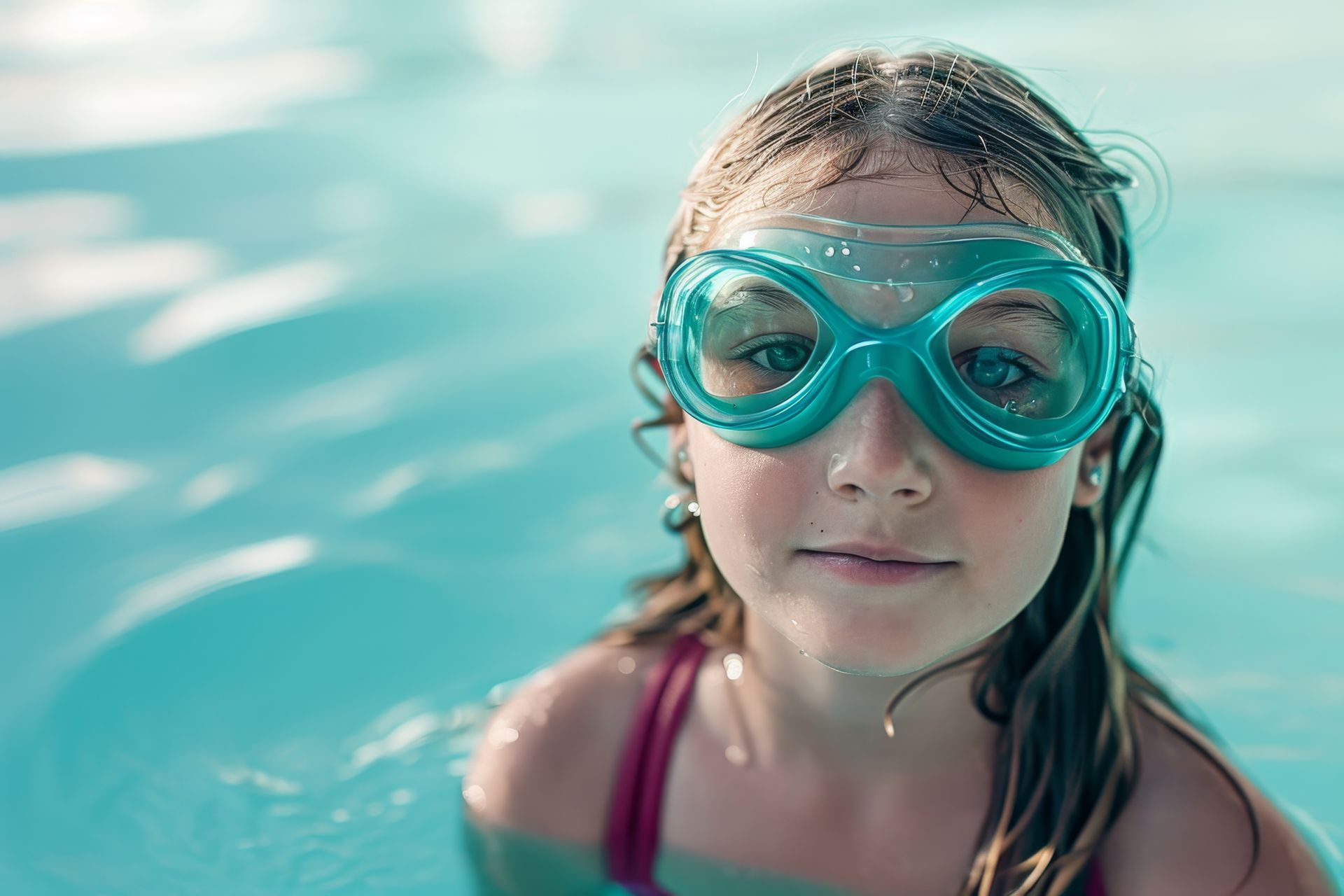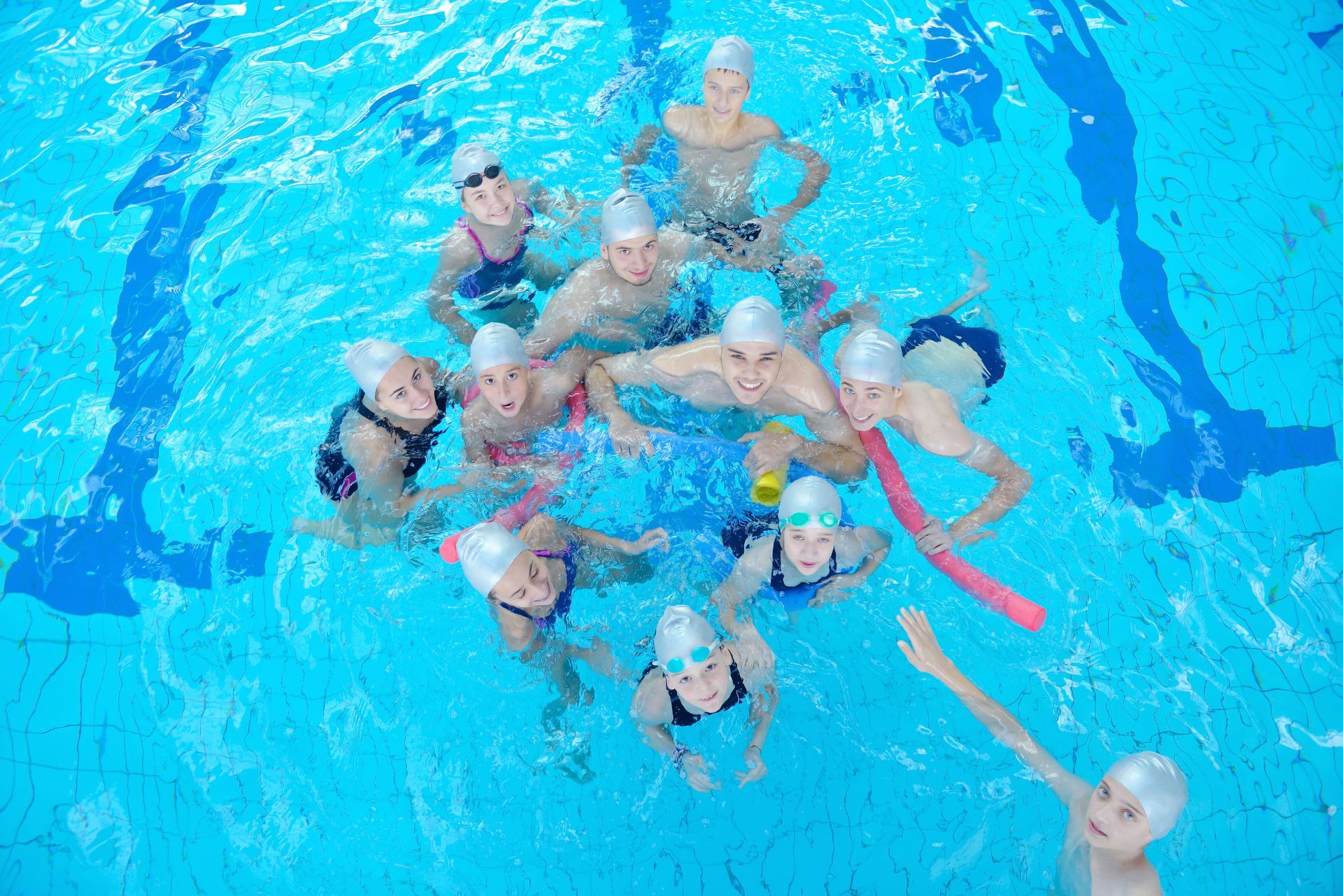Protect Your Skin from Chlorine Damage

Pools and hot tubs are treated with chlorine to make sure that water stays clean, sanitary, and safe to swim in. Chlorine takes care of any unwanted bacteria and germs that can be found in water, but it can also hurt your body. The most common problem that people see with swimming in chlorinated pools is the damage done to their hair , but there’s more at risk. If you or your kids are swimming regularly, you need to know how to remove chlorine from your skin after swimming .
Chlorine Rash
Chlorine rash is a red and itchy rash that shows up after you have gone swimming. This happens because the skin is irritated by the chlorine in the pool, and can make the skin swollen or feel tender. Some people will get chlorine rash with very little exposure, but others require frequent exposure for their skin to react.
Sometimes chlorine rash is referred to as a chlorine allergy, however, the truth is that there is no true allergy to chlorine, but rather a sensitivity to it. Chlorine is a strong chemical and is there to destroy unwanted microbes. Increased exposure to chlorine, even in a very diluted state, will often cause some response.
How to Get Rid of Chlorine Itch and Rash
Chlorine itch is caused by your skin being irritated from dehydration caused by chlorine. The best way to prevent and cure it is hydrating your skin. Use lotion both before and after you swim to avoid inflammation, irritation, and dryness.
Make sure to shower after swimming. This gives you a chance to r emove chlorine from your skin and time to start hydrating. Using a soap or body wash that can remove chlorine from your skin while also protecting it with extra hydration can go a long way in the fight against chlorine itch.
If you have an extreme case that is irritating and sore to the touch, knowing how to get rid of chlorine itch can take more than just applying lotion. Consider using over-the-counter hydrocortisone creams. They will help reduce the itching, redness, and swelling and help your skin repair any damage that has been done. If this does not help reduce your symptoms of chlorine rash, consult your doctor for additional support.
Damage to Your Swimsuit
Chlorine damages your hair and your skin when you go swimming, but many people forget about the damage chlorine can cause to your swimsuit. Chlorine can eat through a swimsuit and slowly destroy its material. This will first show as color fading, but can also include the eventual sag of otherwise flexible and malleable polyester while also becoming rigid and brittle.
To prevent unnecessary damage to your swimsuit, shower both before and after your swim. Sometimes it helps to think of your swimsuit like a sponge. When a sponge is filled with water, it can’t easily take on more water, and your swimsuit is the same way. A shower before you enter the pool can protect chlorine damage because your wet swimsuit doesn’t have room for the chlorinated water, which can help to prevent damage.
Even if you follow the best prevention processes, your suit will come in contact with chlorine. The best thing you can do is to reduce the amount of time your suit is in direct contact with the chlorine. That’s why showering or rinsing after you swim is important. A brief, quick, cold-water shower or rinse through clean water will help remove chlorine from your suit and reduce any damage done.
Another thing that causes damage to your swimsuit is moisture. A damp swimsuit tucked away in a gym bag or a laundry pile is a hotbed for microbes and bacteria that can damage your suit. Make sure to properly dry your suit after each use. Most swimsuits don’t do well in heat and will droop and age faster if thrown in a dryer, so find a place for it to drip dry.
Have Questions?
If you would like to learn more about protecting your skin and clothes from chlorine or have any other questions, contact us today . Our team of experienced coaches and staff can answer any questions you might have about swimming and can help your entire family feel comfortable in the water.
The post Protect Your Skin from Chlorine Damage appeared first on Swim Jim.







